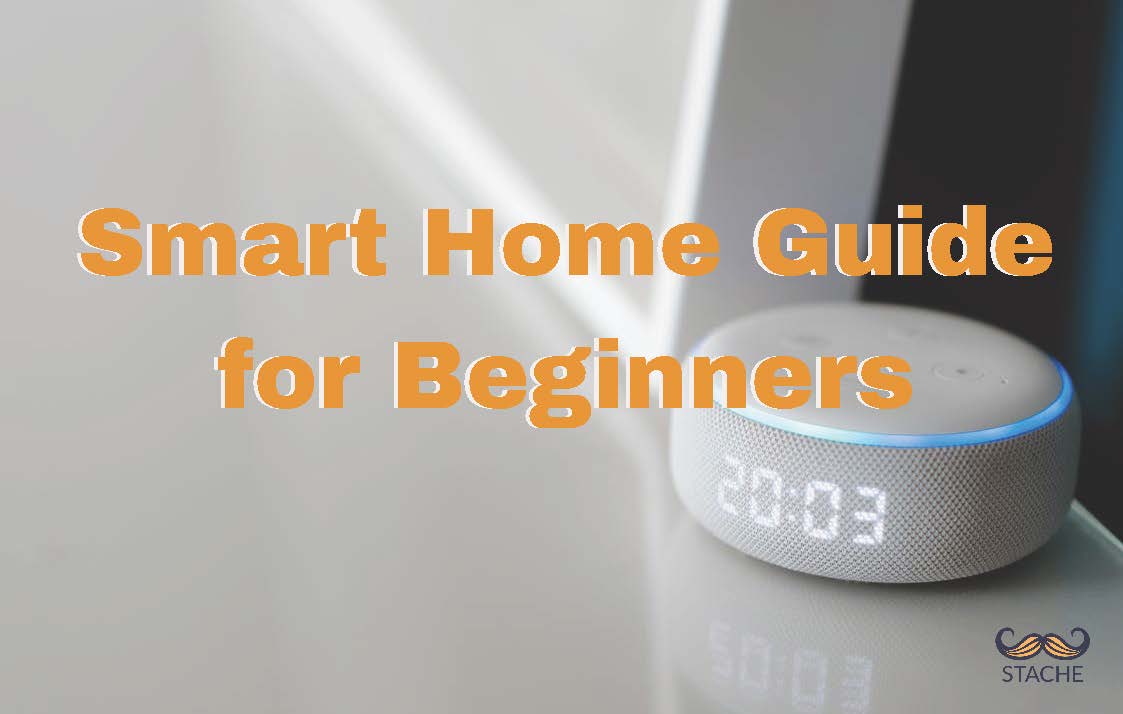Ultimate Guide to Building a Smart Home System offers a comprehensive journey into the realm of intelligent living. This guide will illuminate the fundamental concepts, from the basic functionality of smart home systems to the myriad of devices designed to enhance convenience, bolster security, and promote energy efficiency. You’ll discover how these interconnected technologies can transform your living space into a responsive, automated environment.
We will explore the essential steps involved in planning your smart home, including assessing your specific needs and defining your goals. Furthermore, we’ll delve into the core components, from choosing the right platform and communication protocols to selecting and installing essential devices such as smart lighting, thermostats, and security systems. This guide provides practical, step-by-step instructions for setup and automation, empowering you to create a truly personalized smart home experience.
Introduction: What is a Smart Home System?: Ultimate Guide To Building A Smart Home System
A smart home system represents the integration of technology to automate and control various aspects of a home, enhancing convenience, security, and energy efficiency. It involves connecting devices and appliances to a central network, allowing users to manage them remotely or through automated routines. This interconnectedness enables a seamless living experience, adapting to the homeowner’s needs and preferences.
Core Concept and Basic Functionality

Source: stache.com
The core concept of a smart home revolves around interconnected devices communicating over a network, typically Wi-Fi, Zigbee, or Z-Wave. This allows for remote control, automation, and data collection. Basic functionality includes:
- Remote Control: Managing devices from smartphones, tablets, or voice assistants.
- Automation: Setting up rules and schedules for devices to operate automatically.
- Monitoring: Receiving real-time information about device status and environmental conditions.
Common Smart Home Devices and Their Purposes, Ultimate Guide to Building a Smart Home System
Various smart home devices serve specific purposes, contributing to the overall functionality of the system. Examples include:
- Smart Lighting: Controls lighting, offering dimming, color adjustments, and scheduling.
- Smart Thermostats: Regulates home temperature, optimizing energy consumption.
- Smart Security Systems: Includes cameras, door/window sensors, and smart locks for enhanced security.
- Smart Speakers/Displays: Provide voice control, information access, and entertainment.
- Smart Appliances: Offer remote control and automation for appliances like refrigerators and washing machines.
Benefits of Having a Smart Home
The adoption of a smart home system offers several advantages:
- Convenience: Simplifies daily tasks with automated controls and remote access.
- Security: Enhances home security through remote monitoring, alerts, and automated locking.
- Energy Efficiency: Optimizes energy usage with smart thermostats, lighting controls, and appliance management.
- Personalization: Customizes the home environment to individual preferences and lifestyles.